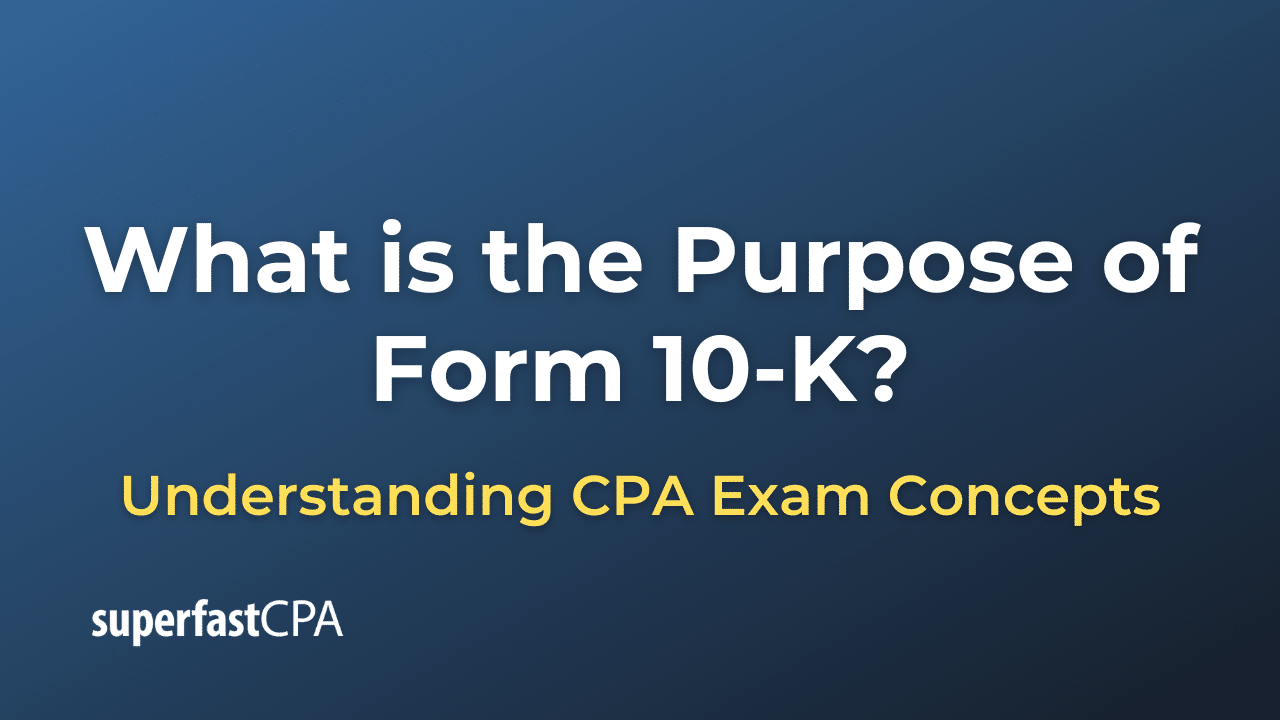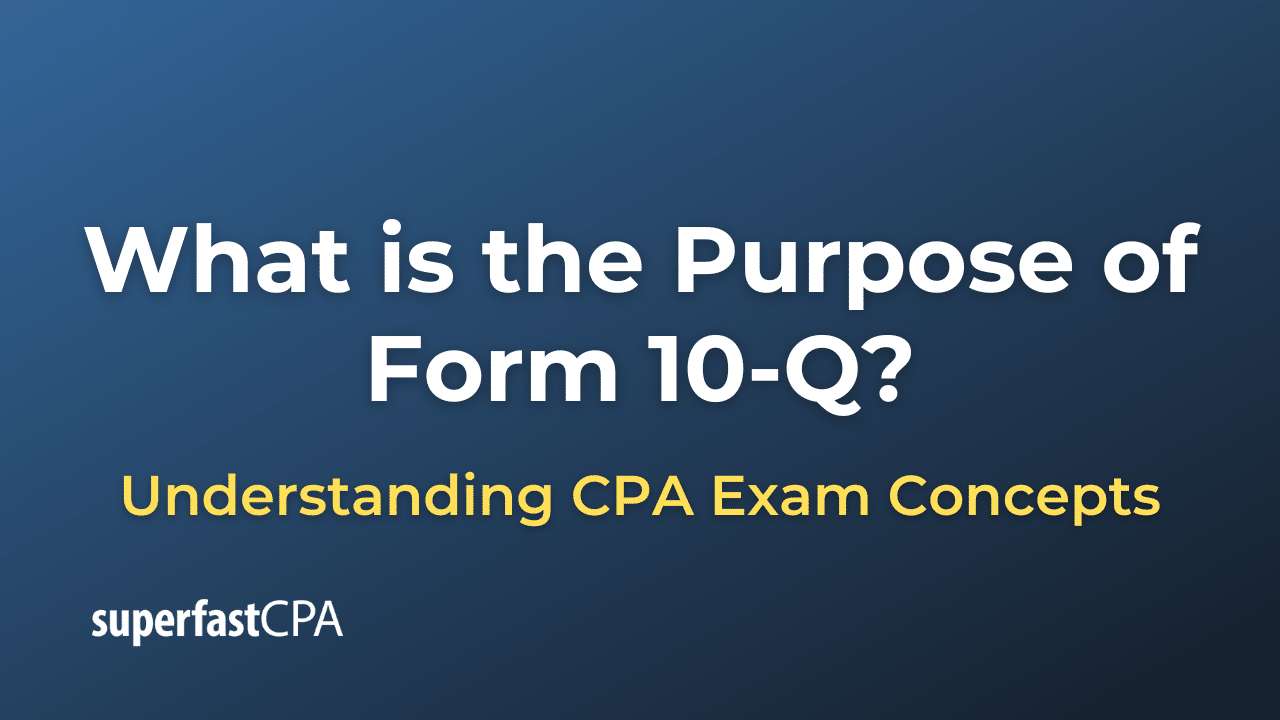When to Eliminate Accumulated Depreciation
Accumulated depreciation is eliminated or removed from the accounting records in specific situations, usually when the related fixed asset is no longer part of the company’s operations. Here are scenarios when you might eliminate accumulated depreciation:
Scenarios for Elimination:
- Sale of the Asset: When an asset is sold, both the asset and its associated accumulated depreciation are removed from the balance sheet. Any gain or loss from the sale is recorded in the income statement.
- Asset Retirement or Disposal: If an asset is retired, scrapped, or disposed of without any sale proceeds, both the asset’s original cost and its accumulated depreciation are removed from the balance sheet. Any gain or loss is recognized in the income statement.
- Asset Exchange: When an asset is exchanged for another asset in a non-monetary transaction, the book value of the old asset, which includes its accumulated depreciation, is usually removed from the balance sheet.
- Fully Depreciated Asset Still in Use: If an asset is fully depreciated but still in use, the accumulated depreciation account remains on the balance sheet but generally stops increasing, as no more depreciation expense is recognized for that asset.
- Asset Revaluation: In some jurisdictions under certain accounting frameworks like IFRS, if an asset is revalued, the carrying amount of the asset is adjusted to the revalued amount, and the accumulated depreciation may be eliminated against the gross carrying amount of the asset.
Steps for Elimination:
- Determine Carrying Amount: Calculate the carrying amount of the asset, which is its original cost minus the accumulated depreciation.
- Identify Transaction Details: Determine the fair value of any consideration received (if applicable) for the asset and any costs directly attributable to the disposal.
- Calculate Gain or Loss: Gain or loss is calculated as the difference between any proceeds received and the carrying amount of the asset.
- Journal Entries: Make the necessary journal entries to:
- Debit the accumulated depreciation to eliminate it.
- Credit the asset account to remove its carrying amount.
- Record any gain or loss on the sale or disposal.
- Record any cash or other consideration received.
- Update Financial Statements: Reflect the changes in the financial statements, particularly the balance sheet and income statement.
- Compliance and Disclosure: Comply with relevant accounting standards and make necessary disclosures in the financial statements.
By properly eliminating the accumulated depreciation and related asset from the books, you ensure that your financial statements accurately represent the financial position of the company. Always consult with an accounting professional to ensure you are following the standards applicable to your jurisdiction.
Example of When to Eliminate Accumulated Depreciation
Let’s walk through an example to illustrate the elimination of accumulated depreciation when an asset is sold.
Imagine a company owns a machine that originally cost $30,000. Over the years, the company has depreciated the machine, resulting in an accumulated depreciation amount of $20,000. The machine has a current carrying amount (book value) of $10,000 ($30,000 original cost – $20,000 accumulated depreciation).
The company sells the machine for $11,000.
Steps for Elimination:
- Determine Carrying Amount: The carrying amount of the machine is $10,000 ($30,000 original cost – $20,000 accumulated depreciation).
- Identify Transaction Details: The machine was sold for $11,000.
- Calculate Gain or Loss: The gain on the sale is $1,000, calculated as the sales price of $11,000 minus the carrying amount of $10,000.
- Journal Entries:
- Debit “Cash” for $11,000 to reflect the cash received.Debit “Accumulated Depreciation” for $20,000 to eliminate it.Credit “Machine” for $30,000 to derecognize the asset.Credit “Gain on Sale of Asset” for $1,000 to record the gain.
Debit: Cash $11,000
Debit: Accumulated Depreciation $20,000
Credit: Machine $30,000
Credit: Gain on Sale of Asset $1,000 - Update Financial Statements: The asset’s original cost and its associated accumulated depreciation are removed from the balance sheet. The gain of $1,000 would be recorded in the income statement under “Other Income” or a similar category.
- Compliance and Disclosure: Make sure the company’s financial statements are in compliance with applicable accounting standards and disclose the sale of the asset as necessary.
By following these steps, the company successfully eliminates the accumulated depreciation for the machine, derecognizes the machine asset from its balance sheet, and recognizes a gain from the sale. Always consult with an accounting professional and adhere to the relevant accounting standards applicable in your jurisdiction.














